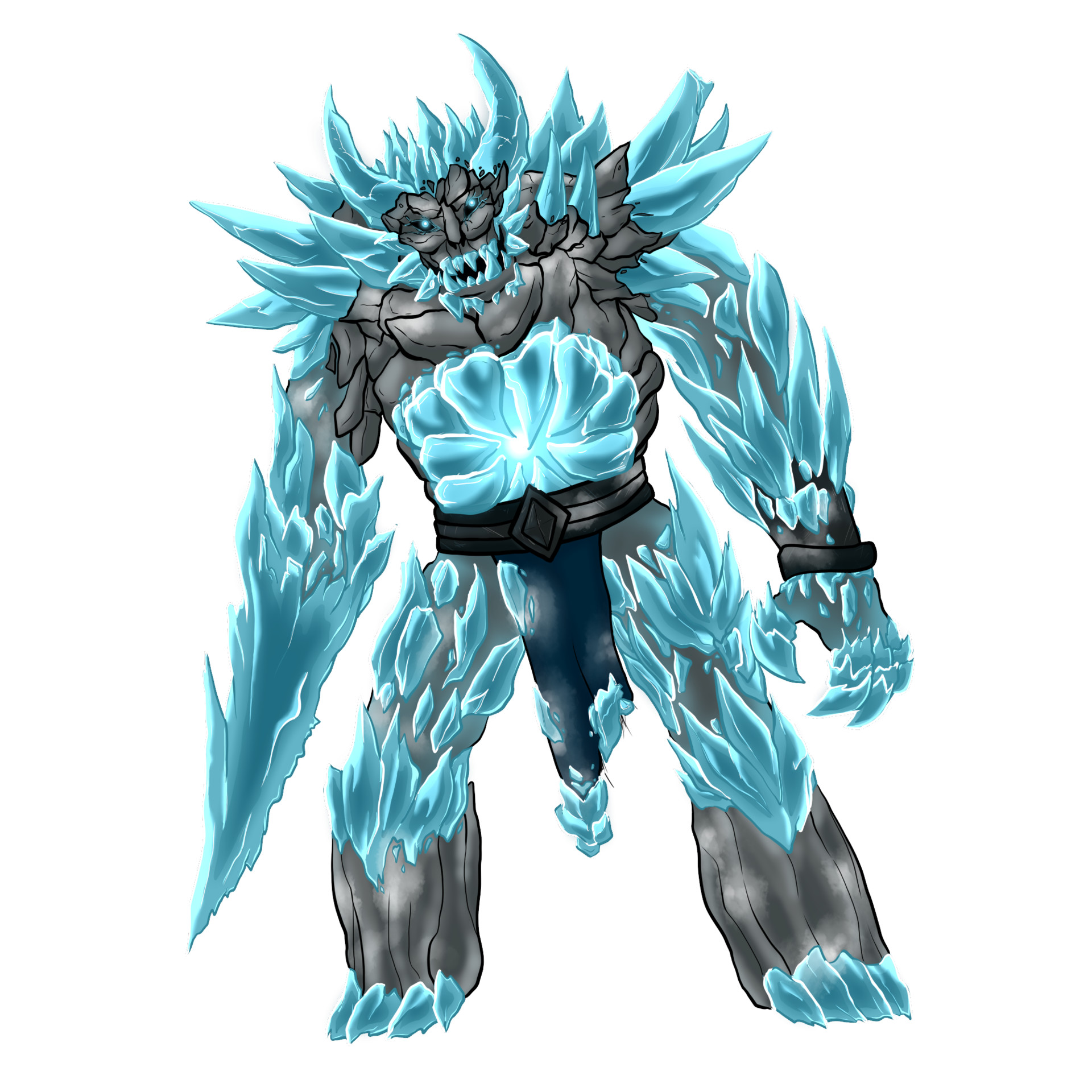

The best way to do this is to find a creature that has options that are similar to what we’re looking for, but not enough other motifs to warrant it being the base creature.

Next, I want to find secondary characteristics that fit the concept. Knowing all this, we can start customizing our goblin with secondary characteristics. The elite goblins get Multiattack and the Redirect Attack reaction which allows it to swap places with another goblin (whaddajerk).All goblins seemingly have the Nimble Escape feature which allows them to take Disengage or Hide as a bonus action on each of its turns.Thanks to darkvision, goblins can see in the dark up to 60 ft.They are naturally stealthy, getting double their proficiency bonus to Dexterity (Stealth) checks.The elite goblins are slightly stronger and charismatic. Goblins have below average Strength, Wisdom, and Charisma above-average Dexterity and average Constitution and Intelligence.Basic goblin “warriors” have 2 hit dice, while elites have 6.This will help me figure out the characteristics that all goblins should have in common.įrom this stat block (and the accompanying Goblin Boss stat block) we learn that both goblins share the following features: Let’s take a look at our two-headed goblin concept.įirst off, I know that I’d want to look at the goblin stat block on page 165 – 166 of the Monster Manual. With nearly 500 monsters all with tons of features, actions, and options, there’s bound to be something in there that comes close to matching what I conceptualized in Step #1. In fact, it’s pretty rare that I have to reference any other book. When learning how to create a D&D monster, this is your best resource. Once I have the concept, I then turn to the book I consider the “Rosetta Stone” of Dungeons & Dragons Fifth Edition: the Monster Manual. Why? Because I love goblins! Plus, this artwork from MTG artist Mike Burns is just too funny! Step #2 – Figure out the “base monster.” In this example, I want to create a two-headed goblin. Once I have the basic concept down, I do a little shopping. Is the monster a minion? Or is it a big bad evil guy/girl (BBEG)? Do I want the monster to be memorable, or do I want the monster to be sort of an “asshole monster”, the type my players will never forget? The first thing I do when I create new monsters for Dungeons & Dragons Fifth Edition is think about what I want the monster to do and what its purpose not only in the game is, but the fantasy world itself.


 0 kommentar(er)
0 kommentar(er)
